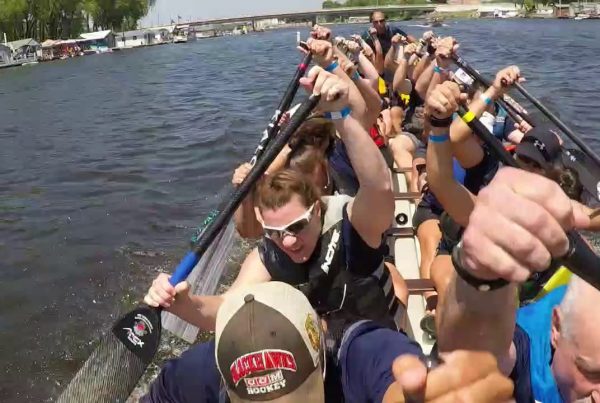Stay safe on your next recreational vehicle (RV) or camper trip.
There’s nothing like the feeling of hitting the open road in your RV or camper. It’s one of the most adventurous ways to travel and experience our country’s natural treasures. But RVs can pose challenges, especially for drivers who have never maneuvered a large, moving home on wheels before. Keep these recreational vehicle safety and driving tips in mind before starting your trip.
Create an RV safety checklist
Benjamin Franklin once said, “By failing to prepare, you are preparing to fail.” Avoid mishaps by compiling a comprehensive RV checklist which includes everything from batteries to fluids and tires. Making sure that you have a repair kit with tools, lubricants, and basic DIY supplies like tape and clamps can be a lifesaver, especially when driving through remote areas. Include a first-aid kit to handle any minor injuries that happen along the way.
Don’t overload your RV
RVs and campers are heavy vehicles and improper weight distribution can lead to trailer sway and potential accidents. Other issues include:
- Reduced braking capacity.
- Overloaded suspension, which reduces stability.
- Overheated transmission, which causes damage or even failure.[1]
Prevent problems by understanding and abiding by your RV’s Gross Vehicle Weight Rating which is your vehicle’s maximum allowable weight, determined by the RV manufacturer.
How can you tell if your RV or camper is overloaded? If it feels unstable when moving, the front end is higher than the back end, or the tires appear deflated, that’s a sign that you need to reduce your weight.[2]
Consider your vehicle’s size differences
You can’t hop behind the wheel of a 40ft plus motor home and expect to drive it like the family car. Driving an RV is different because RVs are longer and wider. You will need to take your turns much slower or risk tipping over. Give other drivers advance notice by turning on your signal about one minute ahead of time. Braking early is also smart. Your RV’s extra weight means accelerating and slowing down will take longer than usual.[3]
Knowing your RV’s height also comes in handy when you anticipate driving through tunnels during your trip. It’s always a good idea to map out potential obstacles before you leave.
Watch for blindspots
Blindspots are much larger in RVs and campers which means extra caution when checking and adjusting your mirrors to ensure you have maximum visibility. Mirrors allow you to view the side and back of your recreational vehicle; a wireless observation camera can help but some spots may not be covered. When possible, step outside and look at the rear before you start reversing.[4]
Check the weather
While weather is a factor in any driving situation, it becomes even more important when it comes to recreational vehicle safety. It’s stressful trying to operate a heavy RV or camper in high winds. Weather apps can help provide wind speed and direction, temperature and precipitation. In bad conditions, where you may experience trailer sway, you may need to find a safe place to park for a while or reroute in a different direction.
Keep these recreational vehicle safety tips in mind so you adventure with joy and confidence.
When you’re ready for your road trip, Verve’s dedicated team is here to guide you through the RV loan process and answer any questions you may have. Reach out to us today to learn how Verve can help you get started.





 Federally Insured by NCUA |
Federally Insured by NCUA |  Equal Housing Opportunity |
Equal Housing Opportunity |